What does linden look like and how to grow it?
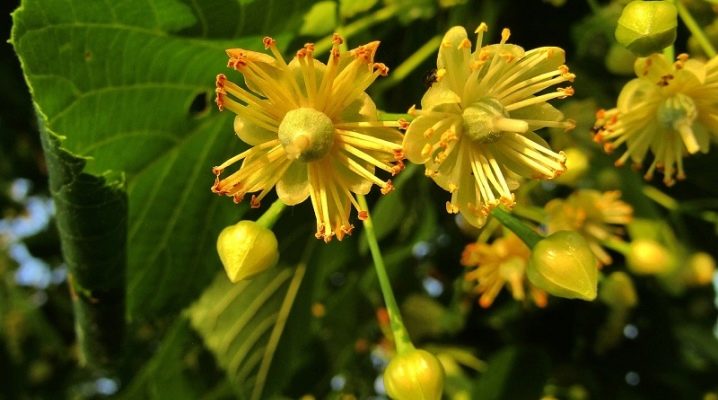
In the northern hemisphere, linden is one of the most common trees. The plant is actively used for landscaping parks, as well as summer cottages. It is highly valued for its visual appeal, unpretentiousness and durability.
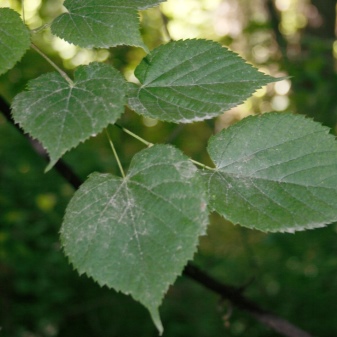

Description
Linden is a tree that belongs to the Linden family... It has a strong root system. It grows fast enough. Its average height is 20-30 meters. The crown of an adult tree is neat. The leaf arrangement in linden is consistent. The sheets are heart-shaped. Their edges are serrated. The young branches of the linden are red. They usually have a large number of kidneys. The bark of such a tree is very soft, it has a pleasant gray-brown color. With age, the crust becomes covered with deep cracks. Linden blooms in the middle of summer. Its inflorescences have a pleasant light yellow color.
During the flowering period, the tree looks especially beautiful. In addition, the air next to it is filled with a delicate honey scent. Flowers fall off rather quickly. Later, small fruits appear on the branches. They are found on thin stems, complemented by winged processes. Breaking away from the branch, the seeds fly away from the mother plant. Linden trees are long-lived. They are able to grow in one place for several hundred years.
Due to such a high average life span, linden trees are beneficial to plant in parks, botanical gardens and along roads.
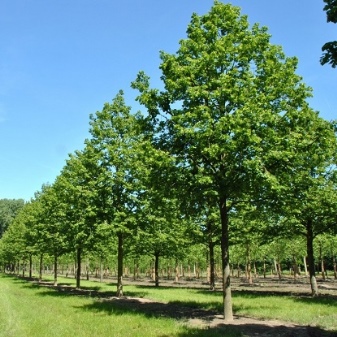
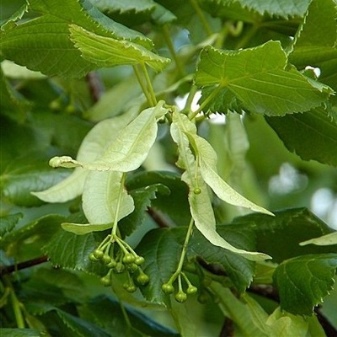
Spreading
The natural area in which linden grows is very large. This tree grows in both cold regions and hot ones. This is the only broad-leaved tree that is found in Russia both in the Far East and in the Moscow region.
Linden is quite unpretentious. Therefore, it can grow in almost any soil. Trees are found both in the wild and in urban environments.
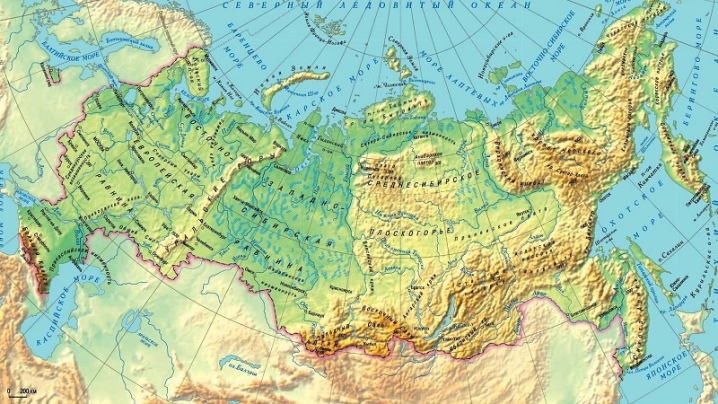
Popular species and varieties
There are different types of lime trees in different parts of the world. Time-tested varieties are worth choosing for planting on your site.
Ordinary
It is one of the most popular hybrid linden species. Such a tree begins to bloom very early. This usually happens at the end of May. Linden inflorescences are light yellow, foliage is dark green. Common linden is considered one of the best honey plants. In addition, it is perfectly adapted to urban conditions. The plant is not afraid of drought and frost, and also grows well in the shade.
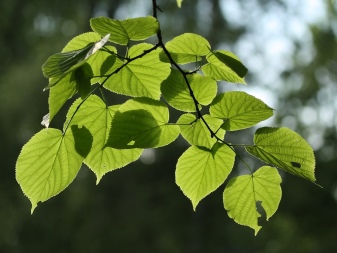
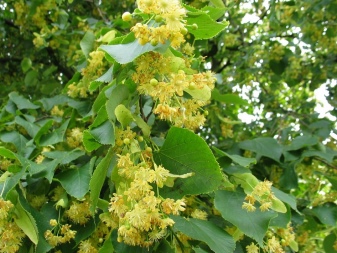
Small-leaved
This linden is also known as bush. She has a high growth rate and life expectancy. The average age of a tree is 200-400 years. His crown is spreading. The foliage is small. The shape of the leaves is heart-shaped, the edges are slightly pointed. The top of the foliage is dark in color. In June, the tree is covered with small inflorescences. Seeds appear on the tree only in the second half of summer.
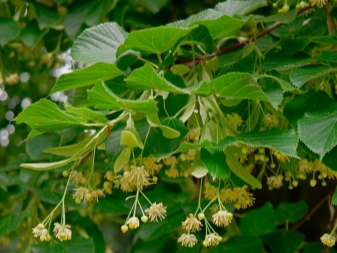
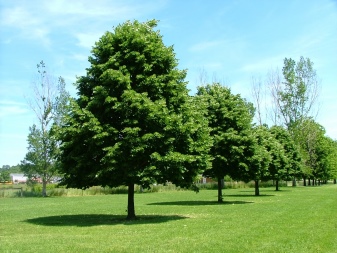
Large-leaved
This type of linden is also called broadleaf. Its main distinguishing feature is its wide foliage. The crown of such a linden tree is spreading and dense. The tree grows quickly. Already a year after planting, the linden reaches a height of half a meter. The diameter of the crown of a young linden tree is within 30-40 centimeters.
This tree grows best in mild climates. In Siberia, such a plant will develop very poorly, so there is no point in planting it there.

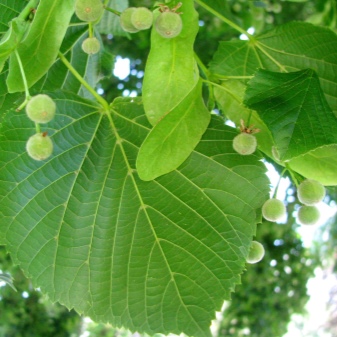
Manchu
This type of linden is often found in Russia. In nature, it can be seen in the Far Eastern forests. The plant needs regular soil moisture. It develops well in the shade. Manchurian linden is also often called decorative, because it is small in size and is usually used to decorate household plots. The trunk of the linden tree is wide, and the crown is thick. In the first half of summer, the tree is covered with a lot of flowers. Fruits appear on the tree in early October.
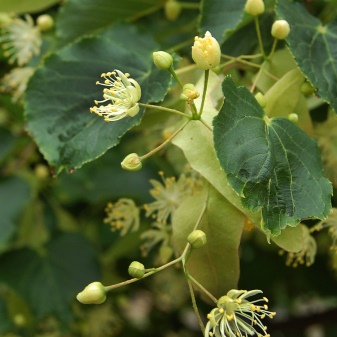
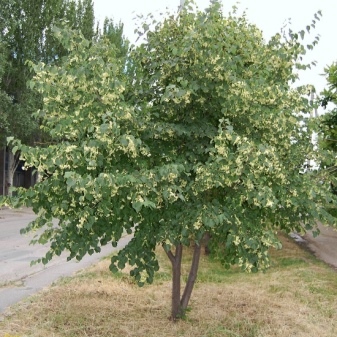
Siberian
This tree grows to a height of 20-30 meters. Its trunk is straight, and the crown is thick. In the wild, the tree is most often found in Siberia. This linden blooms in the second half of summer. Fruits appear on the tree in September.
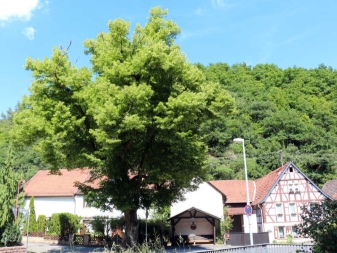
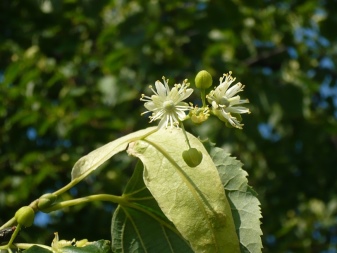
Amurskaya
This linden tree grows in many Asian countries, as well as in the Amur and Primorye regions. The wood of young seedlings is light brown. In adult plants, it becomes darker. Cracks appear on the surface of the bark. This linden blooms in the first weeks of summer. The fruits begin to ripen in August. This linden is considered one of the most valuable melliferous plants.


Felted
This tree is often found in the central regions of Russia. This linden is also called fluffy or silvery. She got this name for a reason. Linden foliage is covered with fine fluff. From the outside, it seems silvery. The tree is very large. It grows in height up to 30-40 meters. The flowers of such a linden are also rather big. They appear on the tree in July.
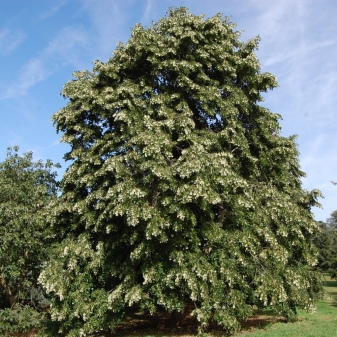
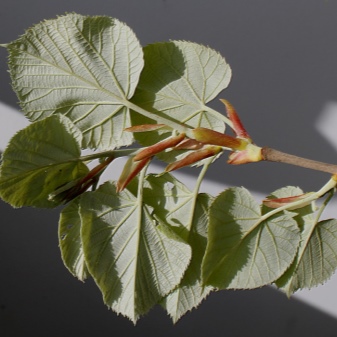
American
This tree has a wide trunk and a neat rounded crown. This type of linden is most often found in North America. Its foliage is dark green. Flowers on the tree appear at the same time as on the felt linden.
The tree adapts well to frost and drought. It also grows well in the shade.


Japanese
This tree is considered to be of medium height. It grows in height up to 15 meters. The crown of such a linden is oval and dense, and the trunk is thin and straight. It is covered with brown bark, which darkens over time and becomes covered with deep cracks. The foliage of the Japanese linden is elongated. In autumn, it changes color from dark green to golden.
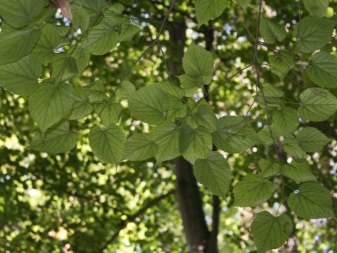

Landing
Having learned the main characteristics of this tree, many gardeners want to plant it on their site. It is recommended to place a young plant on the sunny side of the yard. In this case, linden will grow very quickly. A pit for planting a tree is prepared in advance. It should be deep and large enough... Digging a hole, you need to estimate the size of the seedling rhizome. It should fit easily into the pit.
The bottom of the hole must be covered with a layer of drainage. As a rule, small pebbles, crushed stone or broken brick are added to the pit. The drainage layer should be within 10 centimeters... Sprinkle it on top with fresh humus. Typically, it is mixed with a small amount of superphosphate. Having prepared a pit in this way, a seedling can be placed in it. Holding it with your hand, sprinkle the roots of the tree soil mixture. It is prepared from earth, sand and humus. They are mixed in a ratio of 1: 2: 2. After planting, the seedling is watered abundantly.
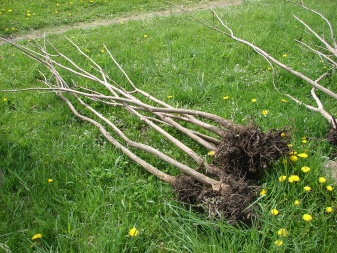

Care
In the future, the linden does not need special attention of the gardener. Taking care of the tree takes a minimum amount of time.
Top dressing
In order for linden to grow faster and bloom regularly, it must feed regularly... This is done in spring and autumn. After the snow melts, the tree is fed with a solution of cow dung. For 1 kg of organic fertilizer add 25 grams of saltpeter and 15 grams of urea. In autumn, a solution consisting of 5 liters of water and 10 grams of nitroammophoska is used for feeding.
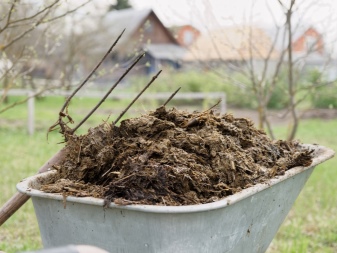
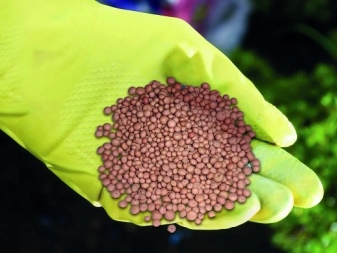
Watering
Only young seedlings need regular watering. Adult linden trees grow well without it. But if the summer is dry, you will still have to pay attention to watering the plants. If this is not done, the linden may dry out. That's why it is important to be guided by the weather conditions.
Linden, like other trees, is recommended to be watered in cloudy weather. The amount of water used for irrigation must be large, otherwise moisture will still not flow to the roots.

Loosening and mulching
It is recommended to loosen the soil around the trunk as necessary.... This is usually done immediately after watering the linden. The process also removes any weeds that grow near the tree. The soil can also be additionally mulched. For this, dried sawdust or fallen leaves are used. It is best to cover the ground under a tree with linden leaves. The mulch layer should be no more than 10-15 centimeters.
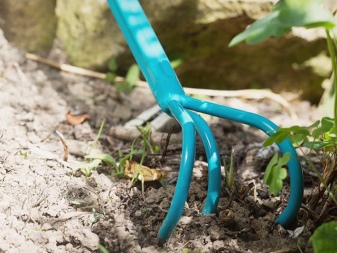
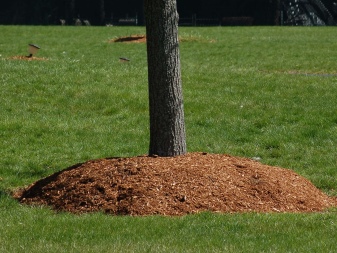
Reproduction
In nature, linden propagates by seeds. Gardeners usually propagate plants using cuttings or cuttings. Each of these methods has its own characteristics.
Layers
This breeding method is rarely used by gardeners.... This usually happens when the young tree has been infected or damaged. It is cut down, and the stump is left on the site. After a while, shoots appear on it. They are carefully bent to the ground, and then secured. For this, it is best to use metal mounts. Sprinkle the shoots with earth on top.
After a couple of years, the cuttings take root. At this stage, they are carefully separated from the stump using a sharp shovel or knife. A plant prepared in this way can be transplanted to another site. If everything is done correctly, such plants will develop in the same way as ordinary seedlings.
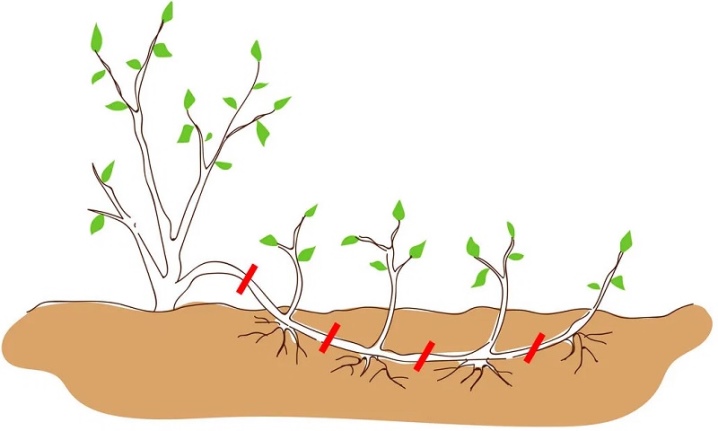
Cuttings
The second method of breeding linden is more common. Linden cuttings take root well in a new place. The main thing is to prepare them correctly. Cuttings should be harvested in the fall. They are cut with a sharp secateurs or a knife. They should be thick and long enough. The average length of each cutting is 10-14 centimeters. They must be cleaned of leaves and wrapped in plastic wrap. In this form, the cuttings should be placed in the refrigerator. The place where the plants will be planted is also prepared in advance. The soil must be carefully dug up, fertilizing it. After that, the land needs to be leveled. In this form, the site is left for the winter.
In the spring, cuttings are planted in prepared soil. The lower part of each of them sinks into the soil by a centimeter. In order for the plants to take root better, their edges should be pre-treated with a solution that stimulates root growth. If there are already roots at the edges of the sprout, you can skip this step. In summer, the soil around the seedlings should be loosened regularly. It is important to water the site in a timely manner.
The next year, after planting the cuttings, the hardened plants should be transplanted to a new place.
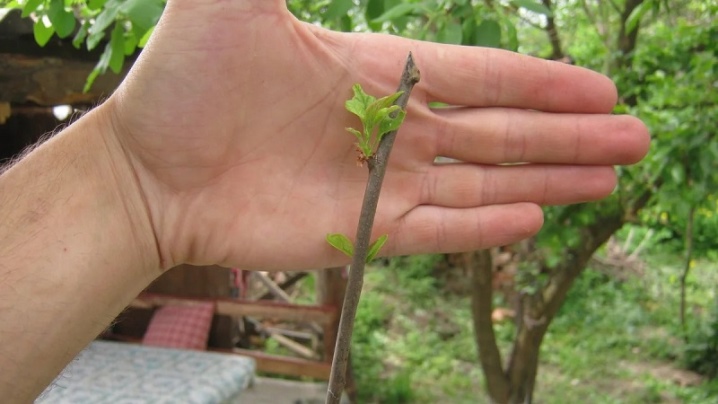
Seeds
This method of propagation of limes takes the longest. It usually takes about 10 years from the moment the seedlings are planted to their full development. It all starts with harvesting seeds. They can be harvested immediately after the flowering of the linden tree or in the fall. In order for the seeds to germinate better, it is recommended to stratify them. As a rule, the collected seed material is placed in containers with wet sand, and then removed to the cellar for six months. From time to time, the seeds need to be watered. Some gardeners mix sand and peat in equal proportions.
In the spring, seeds are planted in open ground. This is done immediately after the soil has warmed up. Not all planted seeds germinate. Therefore, you should not be upset if there are few shoots. Over the next two years, young shoots will need to be watered very well, fed and protected from weeds.... For the winter, young growth must be covered. For this, dry foliage or spruce branches are usually used. In regions with cold climates, seeds should be planted not in open ground, but in flower pots. One or two seeds are placed in each of them. Fortified plants can be transplanted to a permanent growth site. After planting, the seedlings need to be watered and fed regularly.
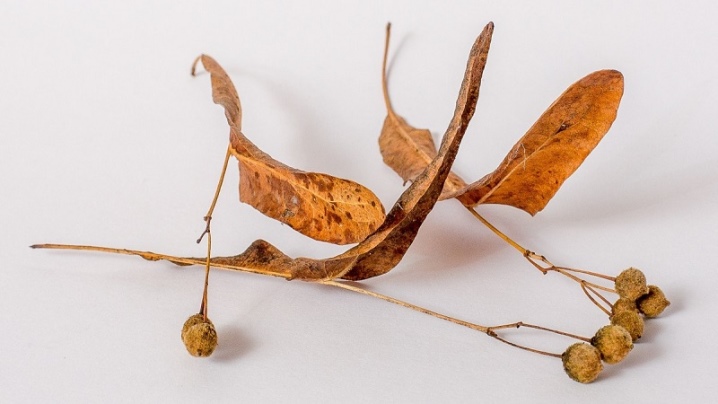
Diseases and pests
Like other trees, linden sometimes suffers from various diseases, as well as from pest attacks. The following diseases are considered the most common.
- White rot. Infection with this disease is evidenced by a curved trunk covered with a large number of cracks. To protect the plant, all sections must be processed with a paste, which contains potassium permanganate and chalk.
- Thyrostromosis... This disease is fungal. Most often it affects young trees. It is quite simple to notice that the plant is sick. Dots of dark color appear on the bark of the tree. Over time, the disease progresses. You need to start treating the plant immediately after the first signs of the disease have been noticed. To begin with, all infected branches need to be cut and burned. After that, the crown should be treated with a Bordeaux mixture. For prevention, the crown is treated with copper sulfate in spring and autumn.
- Spotting... This disease can affect linden in spring, summer or autumn. A large number of dark-bordered spots appear on the infected tree. The foliage begins to turn yellow and fall off. It is very difficult to treat this disease. Therefore, it is easier to prevent infection. To do this, in the spring and summer, the tree must be treated with fungicides.
Various beetles and butterflies often feed on sap of linden leaves. If pests have settled on a tree, the leaves tend to curl and fall off. To combat them, it is worth using special insecticides.
It is recommended to treat the tree with drugs in spring and autumn. Preventive treatments usually protect linden well from all common pests.
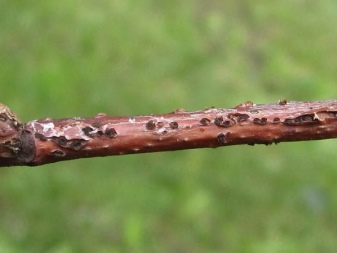
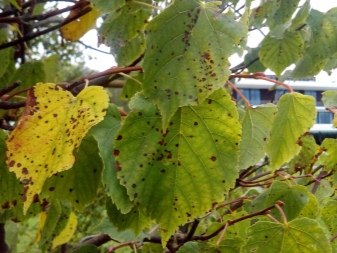
Application in landscape design
Lindens look beautiful in spring, summer or autumn... Therefore, they are often planted both in parks and in summer cottages. In landscape design, linden is usually the basis of the composition. The tree goes well with conifers and shrubs. These trees look beautiful side by side. In addition, they do not interfere with each other's normal development. Linden hedges also look beautiful. They should be formed only in large areas, because the crowns of adult lindens are large.
For hedges, dwarf lindens are commonly used. They are planted, as a rule, along the perimeter of the site. A narrow path for walking can be placed under the crowns of trees. It is recommended to plant only large-leaved linden in the shade. The rest of the varieties are also able to grow and develop in the shade, but they will not look so beautiful at the same time.
When planting a linden in your area, it is worth remembering that in a few years it will grow up, and its crown will become spreading. Therefore, it is important to choose the right neighbors for this tree.

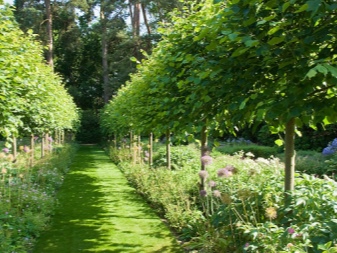



































































The comment was sent successfully.